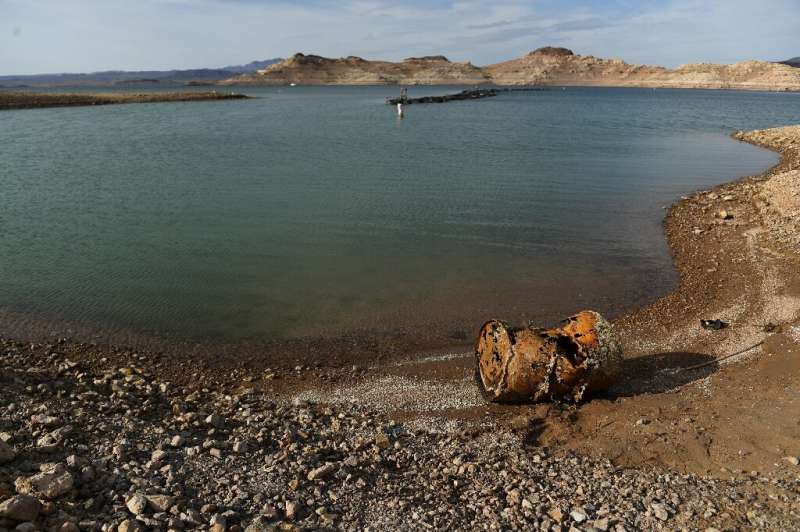Giant New Mexico fire rages as drought-hit US West braces for summer

Firefighters struggled Friday to contain a giant blaze that has been burning for more than a month in New Mexico, raising fears for the summer ahead in the drought-hit western United States.
The so-called "Hermits Peak Fire" has torn through 168,000 acres at the southern end of the Rocky Mountains, destroying around 170 properties and forcing the evacuation of nearly 16,000 homes.
But the blaze remains just 20 percent contained.
"This is a historic fire weather event... this is a critical stage of the fire," New Mexico governor Michelle Lujan Grisham said in a briefing Friday.
"We have high temperatures and extreme wind. This is the worst possible set of conditions for any fire," she warned.
The fire began on April 6 when a "prescribed" burn, intended to remove excess vegetation in a controlled area, escaped control due to strong winds and dry conditions.
The blaze comes at the start of the American West's long fire season but is already the second-largest in New Mexico's history, having burned an area more than the state's average for an entire year.
The National Weather Service in Albuquerque warned that windy and dry conditions are expected through the weekend and "will make our bad situation worse."
US President Joe Biden this week declared a major disaster in New Mexico, unlocking federal resources including financial aid for affected individuals.
Like much of the American West, New Mexico is in the grip of a years-long drought that has left the area parched and vulnerable to wildfire.
Reservoirs have plummeted to dangerously low levels, with Lake Mead—the country's largest reservoir, close to Las Vegas—at 31 percent.
The water has dropped to such a historic extent that a corroded barrel containing a four-decade-old body was found in the lake earlier this week.
Lake Mead is fed by the Colorado River, which has seen its flow drop by 20 percent over the past century, driven by atmospheric warming, according to a US Geological Survey report in 2020.
Although fires are a natural part of the climate cycle and help to clear dead brush, their scale and intensity are increasing.
Scientists say a warming climate, chiefly caused by human activities such as the unchecked burning of fossil fuels, is altering weather patterns.
This prolongs droughts in some areas and provokes unseasonably large storms in other places.
© 2022 AFP



















